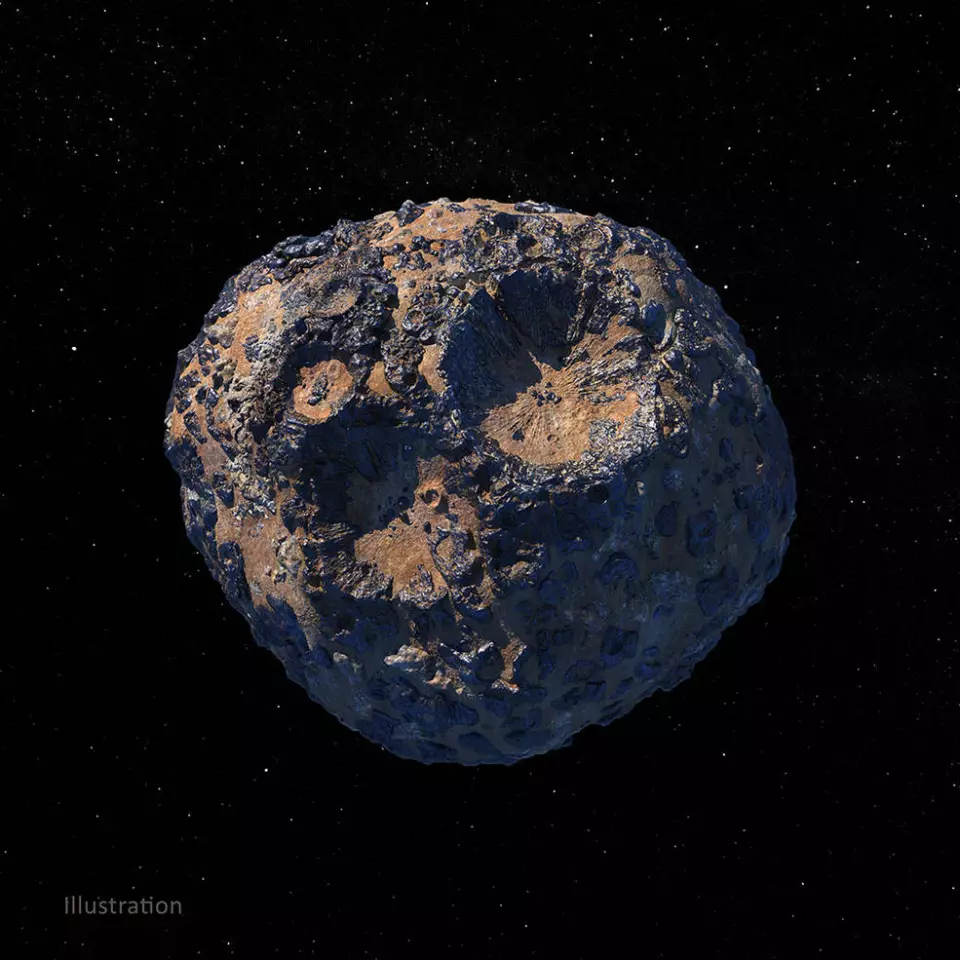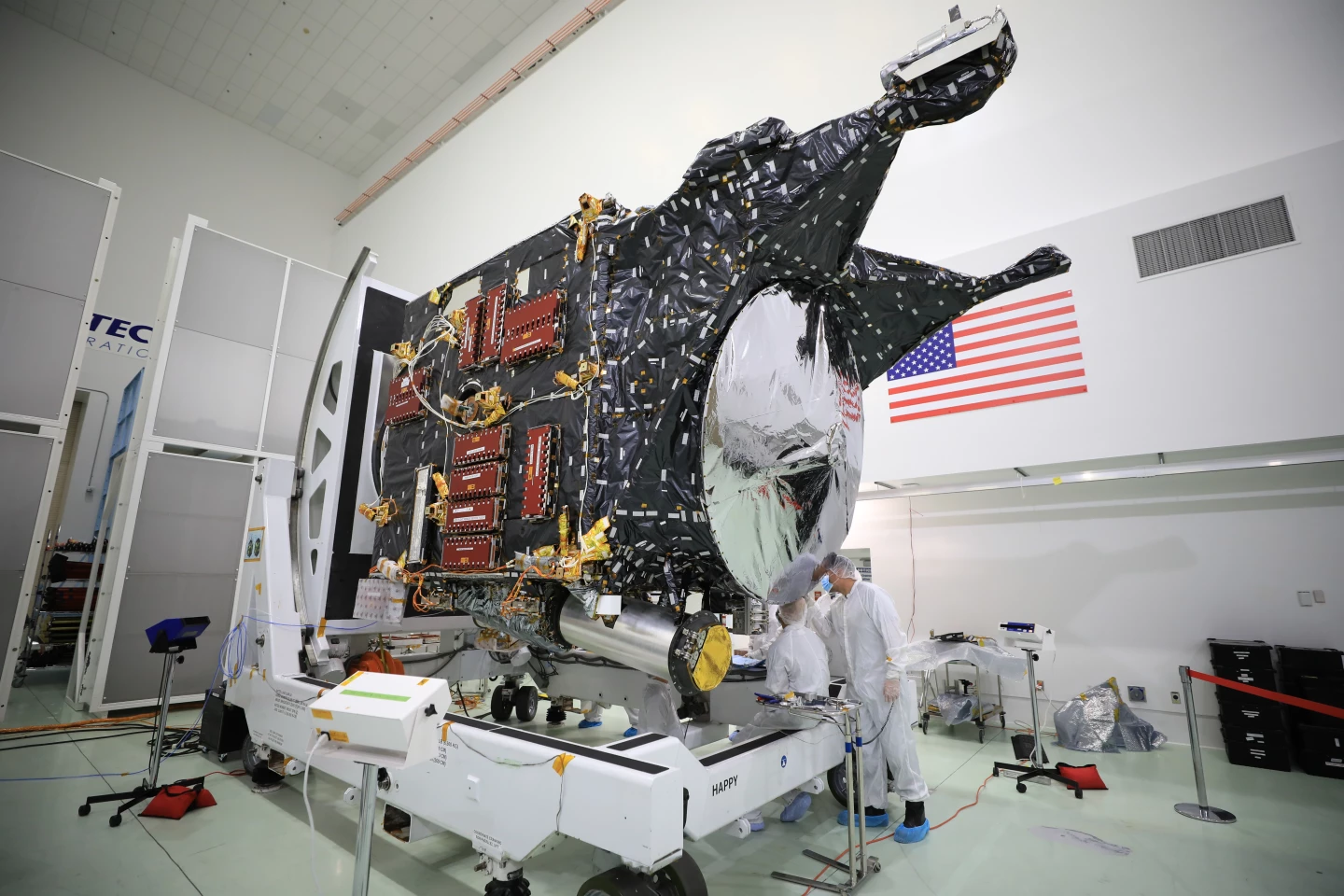NASA has given the okay to its long-delayed US$985 million Psyche deep-space mission to explore a metal-rich asteroid, also called Psyche, that may be worth as much as $10 quadrillion, or 90 times the world's entire $110-trillion economy.
It's often difficult to grasp the scale of the universe beyond Earth. Even in our own solar system it is hard to think of in human terms. Because of this, it's very easy to imagine that the Moon is small enough to walk across in an afternoon instead of having the surface area of Africa or that the Martian rovers are within easy visiting distance of one another instead of thousands of miles apart.
This is also true in terms of potential resources. The asteroid belt between Mars and Jupiter, for example, is basically the scraps leftover from the creation of the solar system – a rounding error of its mass – but it's estimated that the mineral wealth in the belt is enough to cut a $100-billion check for every person on Earth.

Of course, this is all potential wealth. Collecting it is another matter, but several companies are already looking at ways to start commercial asteroid mining. It's also why the Psyche mission has implications beyond the purely scientific motivation to learn more about the origins of the planets.
With a diameter of 138 miles (222 km), Psyche isn't that unusual for its size. What sets it apart is that it's a Class M asteroid. That is, it's metallic. Its composition is largely nickel and iron, similar to what you might expect to find in the core of a planet, which makes it very interesting to scientists. Just how much of Psyche is made of metal and how much of rock remains to be seen and the Psyche probe is tasked with helping to find the answers.
Unfortunately, the mission, which was originally slated to launch in August 2022, has been delayed due to a very familiar earthbound problem. NASA is a very large organization that relies on a complex network of universities, contractors, subcontractors and specialists to carry out its space missions. However, sometimes this complexity can lead to bureaucratic foul ups of epic proportions.

In the case of Psyche, the mission was hampered by COVID-19 restrictions, staffing problems, communications issues, and management shortcomings. This resulted in the suspension of launch plans while an inquiry was held and the problems remedied by better oversight and the implementation of new ways of measuring the team's success as well as clarifying roles and making sure that the right people with the right skills were properly assigned to tasks.
Now that the independent review board has been satisfied, Psyche is cleared to launch in October. It will take five years and 10 months to reach the asteroid using its solar-electric Hall thruster system and is scheduled to go into orbit around the body for at least 26 months, during which it will study Psyche's composition, gravity, density, and interior structure.
"I am pleased with the independent review board’s resoundingly positive assessment of JPL’s hard work in correcting the issues outlined in the board’s original report," said Nicola Fox, associate administrator of NASA’s Science Mission Directorate. "We know the work is not over. As we move forward, we will work with JPL to ensure these implemented changes continue to be prioritized to position Psyche and the other missions in JPL’s portfolio for success."
Source: NASA







